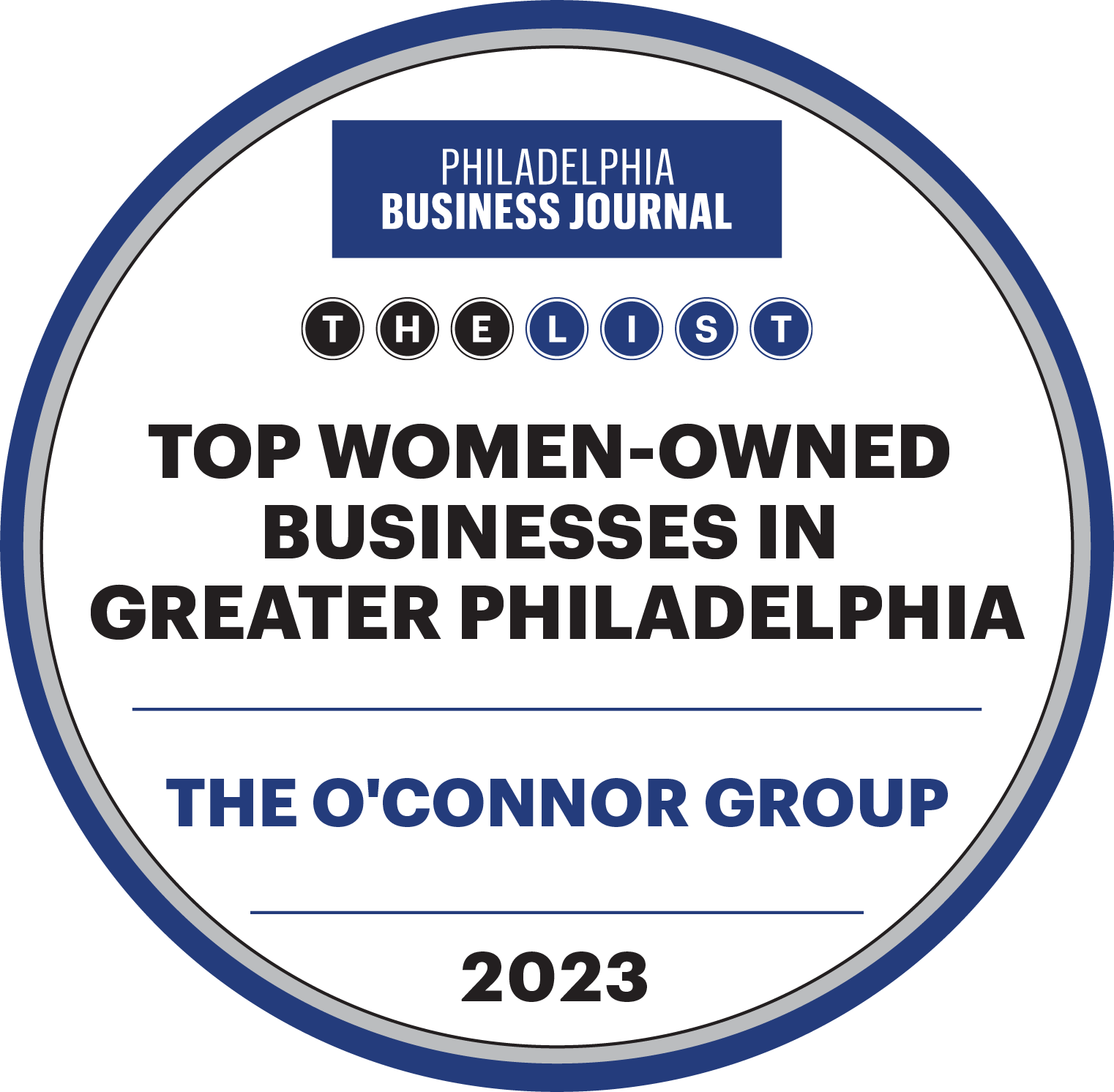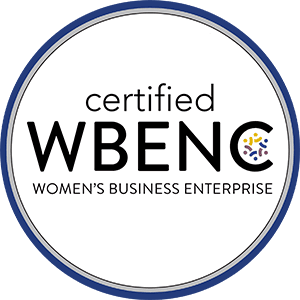Three Ways to Make Employees Excited for a Return to the Office!
May 26th, 2022
Three Ways to Make Employees Excited for a Return to the Office!
COVID-19 forced many of us into a remote work model. As such, employees have become accustomed to 100% home-based work. Although we have proven a virtual model is possible, employers are also recognizing the value of in-person connection and collaboration. To quote a local business leader, “We are good apart, but together we are great.” Below are three ways to ensure your workforce is excited about a return to the office!
Explain Why a Return To The Office Is Beneficial
Employees will want to understand why the organization is asking them to leave their comfortable home offices, add a commute, and dust off the business casual attire. It is important to acknowledge the impact of this change and reassure employees that the decision for a fully in-house or hybrid work model was not taken lightly. Take the time to strategically map out your messaging surrounding a return to the office. Address the specific reasons behind why the adoption of a revised working model is important to your business and a value add for the employee. The reason could be increased efficiencies, ability to mentor young professionals, increased collaboration, closer alignment with your mission or vision, etc. The reasons for a return will vary from organization to organization; however, the impact of a well-thought-out communication strategy will go a long way to ensure employee happiness and understanding.
Add Work/Life Balance and Flexibility
At this stage of the game, polls and/or surveys related to various return to work models are commonplace. While it is wise to utilize data to make informed decisions, also ensure that you take the time to consider the model that will best meet the needs of YOUR business and YOUR employees. For example, an IT company will likely have a different perspective than an architecture firm or a PR agency. Regardless of your model, flexibility within the workplace and work/life balance is now a demanded benefit. Consider the following questions:
- Can you offer year-round flexible hours or summer hours?
- Can you remain partially hybrid and still maintain people connection and work efficiencies?
- Do days in the office need to be designated or can employees pick and choose their weekly attendance cadence?
- Is management providing a positive example of flexibility and balance?
- Is the overall culture supporting flexibility and balance?
- Are you encouraging the use of time off?
- Do your employees feel that you value productivity over hours worked?
As a business leader, it is likely you already know what may work and not work for your organization. Stick to what works, but do not be afraid to tap into a bit of creativity and expand your horizons regarding how to enhance balance and flexibility for your employees. Continually assess and make adjustments as needed.
Promote Employee Connection
Remote work can be isolating. Prior to the pandemic, many workers spent more time with their coworkers than they did their family. Daily face-to-face interaction with counterparts, direct reports, and managers creates a bond and support system. While Zoom, Teams, and Slack have proven to be effective means of communication, there is a piece of personal connection that does not translate through a laptop screen.
The added benefit for an employee to return to the office is interaction; therefore, your culture, environment, and return to work model must offer opportunities for connection!
- Example 1: Ensure that most of your employees are at the office on the same day. Consider defining which days are potential in-office days and add an office sign-up sheet so that all employees will know who will be in and when.
- Example 2: Use food as a motivator. There are countless data to support positive benefits that arise from sharing a meal such as boosting morale, productivity, and accessibility to others outside your immediate circle.
- Example 3: Provide a common token or piece of swag to create a visual connection. Think about when you pass someone in the hallway who is carrying the same branded coffee mug as you. There is a moment when you both look at each other’s identical mug and smile over a shared bond.







